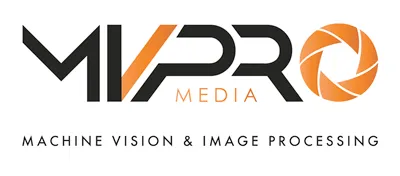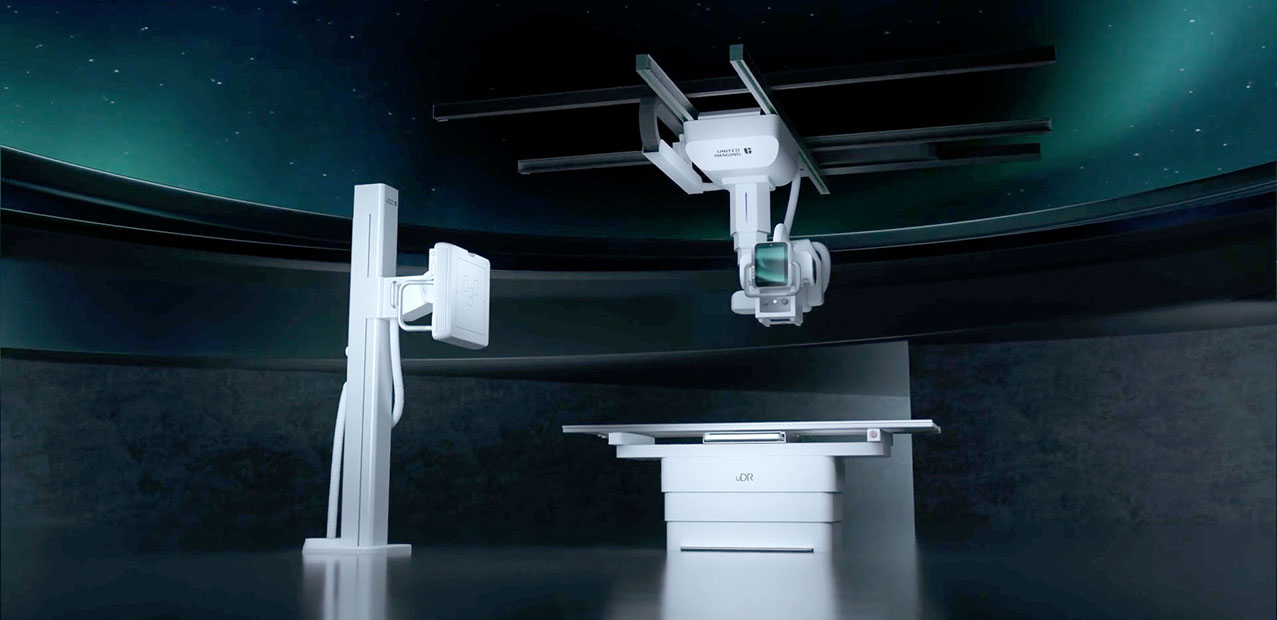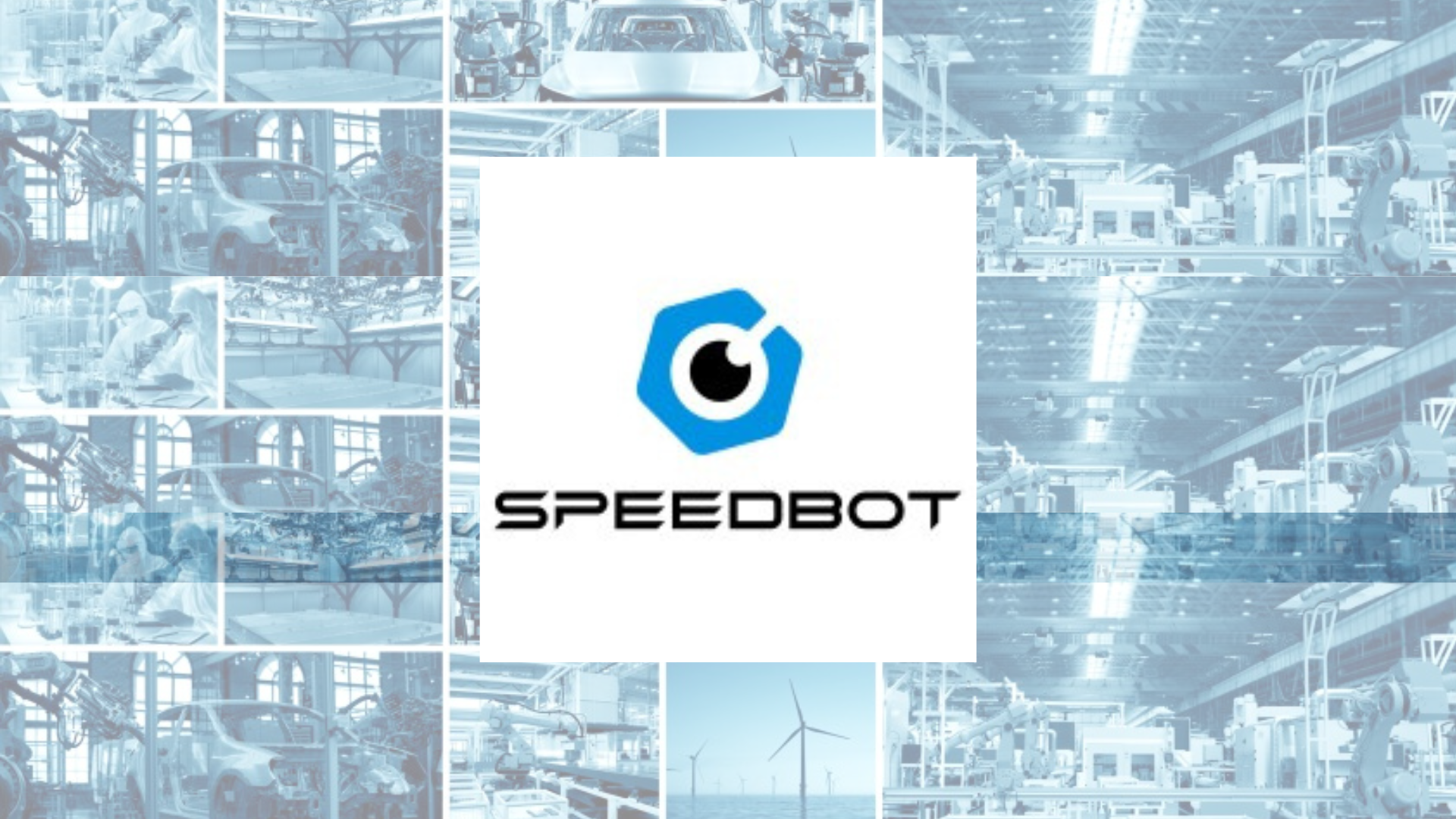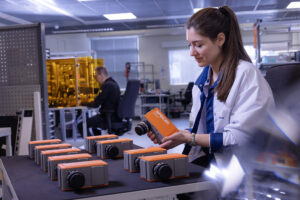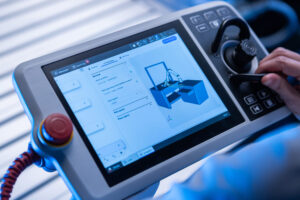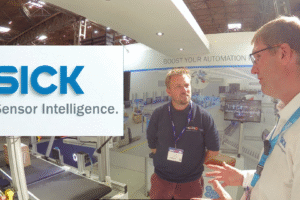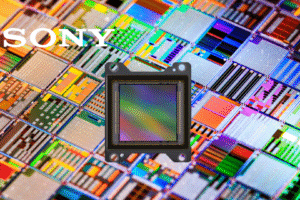COVID-19 has pushed the healthcare industry to rapidly increase reliance on digital technologies to minimise virus transmission. With a British Medical Journal (BMJ) survey finding that 88 per cent of GPs would like greater use of remote patient consultations to continue beyond the pandemic, could we be on the cusp of a fourth healthcare revolution? Here, Stewart Goulding, Managing Director at precision drive system supplier Electro Mechanical Systems (EMS), looks at the innovative technologies that are paving the way for Healthcare 4.0.
The healthcare sector has previously lagged behind other industries in digitalisation, but this is starting to change. The pressure to continue to provide healthcare services as safely as possible during the pandemic has increased the adoption of digital technology by both provider and patient. Progress in digital integration made during the pandemic has triggered a change in the healthcare system, advancing it into the fourth revolution.
The digital lab
Healthcare has a long way to go before it reaches the level of digitalisation the manufacturing industry possesses, which has undergone widespread adoption of automation and the Industrial Internet of Things (IIoT) over the past two decades. However, this slower pace doesn’t mean digitalisation isn’t already beginning to show its benefits in the medical sector.
Key technologies that have been used in industrial manufacturing have spread to pharmaceutical development and production. For example, Astra Zeneca’s NiCola-B robot can test up to 300,000 compounds a day and, being a collaborative robot, can adapt to the presence of humans and safely work alongside them in the lab.
Dealing with paperwork and managing administrative tasks can be a major bottleneck in pharmaceuticals. Robots are also capable of alleviating this stress by performing a variety of other tasks in the laboratory, such as scanning incoming medical test samples and sorting them into their designated area according to their digital records. In production, robots can help package medicines by accurately filling containers and placing caps on bottles — another time consuming and tedious task for human workers.
Healthcare at your fingertips
While the digitalisation of the laboratory goes on behind closed doors, new technologies are also available in the palm of patients’ hands. Mobile health (mHealth) is the practice of placing medicine and public health data on mobile devices.
Perhaps one of the most widely used types of app is online prescription management platforms, where patients can request and organise the delivery of their medicines.

Other digital healthcare services include education on mindfulness, online counselling, personalised diet plans, sleeping aids and health trackers. For example, the app mySugr allows users to input and track their diet and blood sugar levels, as well as having access to a personal coach for help and advice.
Adjacent to mobile health is telemedicine, which is the delivery of healthcare services and information electronically from a remote location. This can involve virtual consultations, medicine adherence appointments and outpatient monitoring meetings using video-conferencing tools.
Roll out the robots
Robotics has the potential to take telemedicine to the next stage. For example, InTouch Health’s RP-Vita telepresence robot has a screen mounted at the top that can be used for video calls from an offsite doctor. The robot can move to transport the doctor around the room, enabling a closer simulation of the real experience of meeting with a doctor.
The telepresence robot uses high precision FAULHABER DC micromotors to power the pan and tilt functions of the high definition camera used for remotely examining patients. All FAULHABER motors are made in a high precision manufacturing process, which makes them reliable with consistently high quality.
EMS is the sole UK supplier of FAULHABER motors, which have a high power density that makes them ideal for use in robotics. In particular, the new FAULHABER BXT series has a flat construction, therefore suiting small space requirements to minimise bulk of the robot. Innovative winding technology allows the motors to deliver torque up to 134 millinewton metres (mNm), demonstrating high power in a small package.
The widespread adoption of digital healthcare devices during the pandemic will accelerate technological advancement of the sector and kickstart the fourth healthcare revolution. Research and implementation of innovative equipment will support healthcare professionals, while also improving medical outcomes and increasing the accessibility of medical treatment for patients.
Stay up to date with the most recent automation, computer vision, machine vision and robotics news on Automate Pro Europe, CVPro, MVPro and RBPro.
